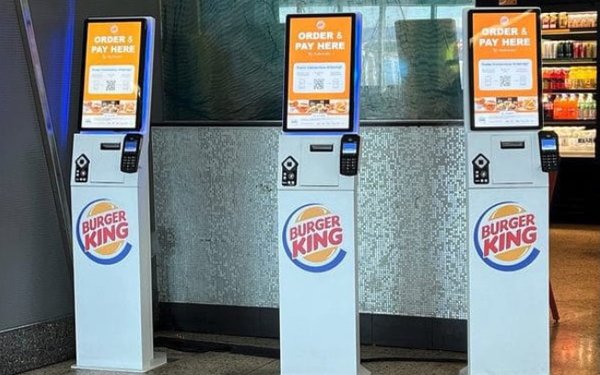
The surge in the popularity of restaurant loyalty
programs over the past few years may had an unintended result: one third (33%) of QSR and fast- casual diners actually switched their favorite restaurants in the last year, with 46% saying they
“always” check loyalty programs for deals before they even decide where to eat.
According to the 2025 Phygital Index Report, recently published by restaurant commerce service
provider Tillster, these customers cite “better food” (46%) and “better value” (40%) as their reasons for the switch. And the ficklest of all? Gen Z, with 44% changing
their go-to restaurant, followed by 36% of millennials, 28% of Gen X and 9% of boomers.
The report was compiled from an independent survey of 1,500 U.S.-based diners who recently ordered from
a QSR or fast-casual chain, in order to “better understand their ordering habits, expectations, experiences and preferences.”
advertisement
advertisement
“Diners today expect more than speed and
discounts; they’re looking for a more valuable experience, from personalized touch points to high-quality food options,” said Perse Faily, CEO of Tillster, in a release. “This
year’s Phygital Index Report finds that brands can’t count on diner loyalty anymore – it must be earned every single time they order from a restaurant.”
The report also
discovered that while a whopping 45% of those surveyed said they have cut back on visiting QSR and fast casuals in the last year, they did more dining out in early 2025. In fact 21% said they
increased their restaurant budget for the new year. While in-store, 38% did say they are choosing lower-priced items, 33% are buying fewer add-ons, and 30% are using loyalty programs and offers more
often.
Diners may be increasing their in-person visits, but that doesn’t seem to mean they actually want to visit with people in-person. Sixty-one percent of kiosk users say they want to
see even more kiosks in restaurants, up from 57% in 2024 and 36% in 2023.
Voice AI also remains big on diners’ minds, with 60% of overall diners saying that they “feel comfortable
using voice AI at the drive-thru” – a trend led by 67% of Gen Z-ers.